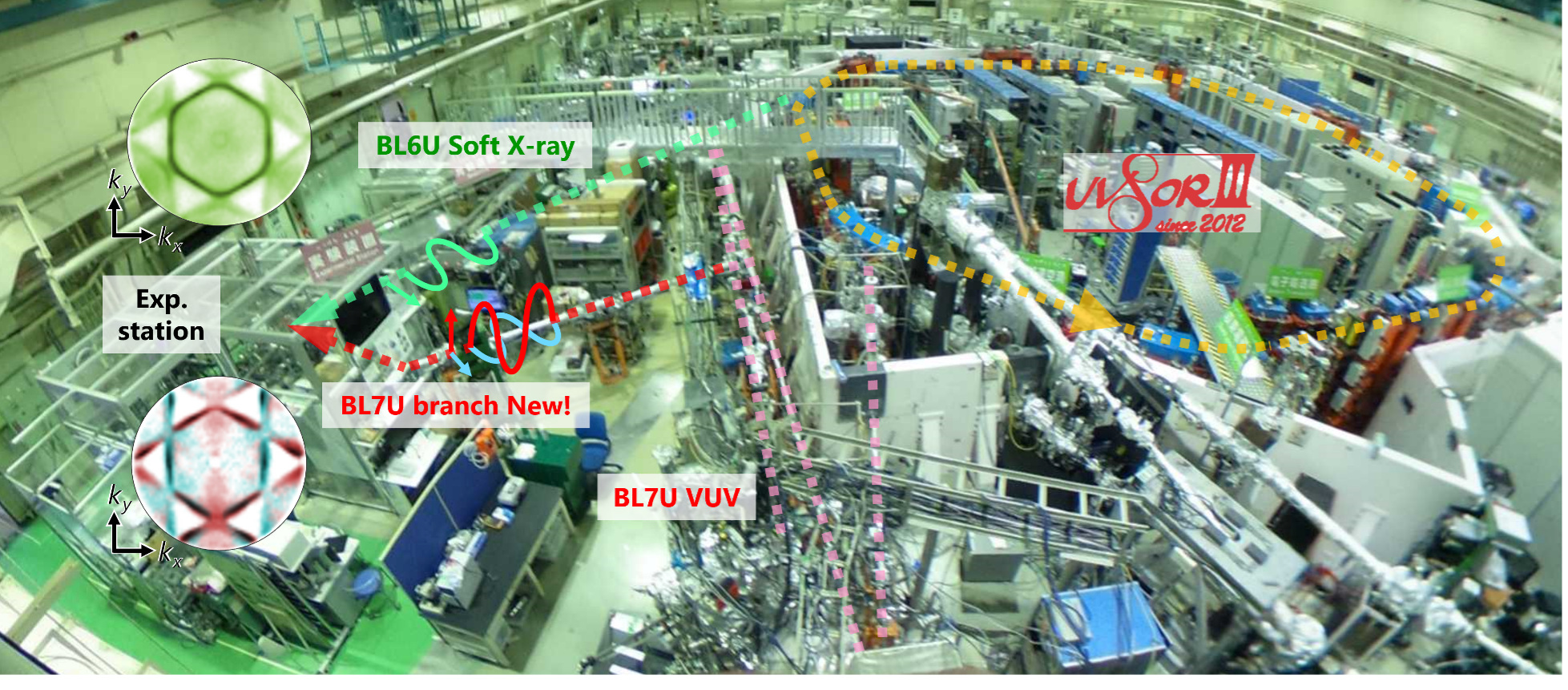Dual-Beamline Photoelectron Momentum Microscopy Upgrade Revolutionizes Valence Orbital Analysis
The world's first dual-beamline photoelectron momentum microscope has been developed at the UVSOR Synchrotron Facility, Japan. This innovative experimental station brings breakthroughs in studying the behavior of electrons in materials governing material properties, particularly in analyzing valence orbitals.
Understanding the behavior of electrons in materials is crucial for the advancement of materials science and device engineering. Conventional photoelectron spectroscopy provides deep insight into the nature of the electronic structure of solids. Currently, the challenge of researching electronic structures on the micrometer scale is being pursued all over the world. A state-of-the-art momentum-resolved photoelectron spectroscopy apparatus with additional microscopic function, called “photoelectron momentum microscope”, was constructed at the UVSOR Synchrotron Facility, Institute for Molecular Science, Japan, revolutionizing micrometer-scale analyses of the behavior of electrons.
Researchers from Institute for Molecular Science / The Graduate University for Advanced Studies (SOKENDAI) in collaboration with SANKEN (The Institute of Scientific and Industrial Research) at Osaka University, have upgraded this advanced analyzer and experimental station to use two undulator beamlines as excitation sources. By branching the existing vacuum ultraviolet (VUV) beamline BL7U, VUV light has now become simultaneously available at the photoelectron momentum microscope in addition to a soft-X ray beam from the beamline BL6U.
This world's first “dual-beamline photoelectron momentum microscope” allows 1) element selective measurements using the grazing-incidence soft X-ray light and 2) highly symmetric measurements using the normal-incidence VUV light. Taking advantage of the flexibility of these light sources creates a new pathway for multimodal analyses of the behavior of electrons. Particularly, we stress that photoelectron spectroscopy in the normal-incidence configuration is only available with this apparatus at UVSOR worldwide. Highly symmetric configuration with such normal incidence facilitates, especially, precise analyses of valence orbital via photon polarization-dependent transition-matrix-element analysis. In this work, we applied this approach to the valence electrons of the Au(111) surface.
This unique dual-beamline photoelectron momentum microscopy offers deeper insights into the behavior of electrons in materials, innovating fields of condensed matter physics, molecular science, and materials science.


